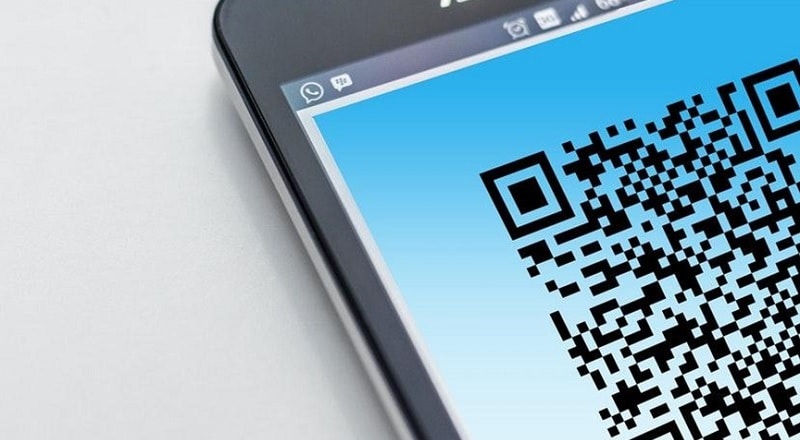Payment Industry Trends in 2021

TechsPlace | It’s no secret that modern technology can shape how various industries operate. In an effort to adopt new technologies and utilize their fullest potential, industries will oftentimes entirely change the way they operate.
That said, technology isn’t the only one that can drive such changes. Certain situations can also have a great impact on industries across the world. A good example is a global pandemic that caught everyone off guard.
In order to survive these trying times, businesses had to adapt to the situation and change the way they operate so that they can remain operational. One such industry that was influenced the most by recent events is the payment industry.
The pandemic enforced vast changes in a very short time. Normally, it would take those changes years to develop on their own. With that in mind, here are a few payment industry trends that are predicted for 2021.
The rise of contactless payments
At first, medical experts knew very little about the virus that plagues us even today. We were told that the virus can survive a prolonged amount of time on various surfaces and can, therefore, be transmitted that way. One of those surfaces included paper money or cash. People took this statement quite seriously and altered their behaviour sooner than anyone thought they would.
The resulting trend was a significant increase in contactless payments, and it is estimated that this trend will endure for years to come. Furthermore, there’s a 69% decrease in cash usage across the world, as well as a significant decline in ATM usage globally. People are avoiding cash payments and are opting for the alternatives whenever they can.
Payment convenience
Convenience was always one of the top priorities for the payment industry. Convenient methods and seamless payments encouraged consumers to make purchases. Various businesses became quite innovative when it comes to making payments as seamless as possible for their customers.
The pandemic has left many people unemployed, and businesses still need customers to stay afloat. That’s why a whole new level of convenience was created to make it easier for consumers to make purchases online.
A good example is the Humm buy now pay later Australia approach. Australian retailers partner up with financial companies to enable consumers to make purchases and then create their own interest-free installment plans. This type of convenience works exceptionally well for both online businesses and consumers. Due to its effectiveness, this trend will likely go on even after the pandemic is over.
A new twist to the omnichannel experience
The omnichannel shopping experience has been around for some time now. Due to the fact that the online market is crowded and highly competitive, companies wanted to interact with consumers on virtually every possible touchpoint. They provided them with a seamless shopping experience wherever they may be.
This has proven to be quite an effective way to encourage consumers to buy from you rather than from your competitors. Today this trend has evolved once again, and it will likely continue to do so even more in 2021 as the need for it grows even higher.
Due to safety concerns, companies are expanding touchpoints. Now we have features, such as same-day deliveries, in-store pickups, purchases via on-screen QR codes and many more. The omnichannel shopping experience is not only ideal for this particular situation where lockdowns are a common occurrence, but it’s also convenient for consumers, and it provides them with a far better experience.
Integrated fintech
Seamless transactions and payments are pretty much what consumers expect these days. Various businesses make an effort to make payment an integral part of the value propositions so that consumers no longer have to view payments as a separate action from the rest of the experience.
A great example of this integrated experience is Lyft’s payment system. When a consumer orders a vehicle for a pickup and sets the destination, they no longer have to worry about payments once the driver arrives to pick them up. You no longer have to pull cash out of your pocket to pay the driver or swipe your credit cards.
The payment has already been processed when the consumer made the request. This type of integrated fintech into various services is the new generation of payment processing. This will allow consumers to make payments more seamlessly than ever.
The payment industry has undergone incredible changes in just a little more than a year. The trends that were more or less influenced by the pandemic will most likely stay even beyond 2021.
This article is contributed by guest author on techsplace.com.





